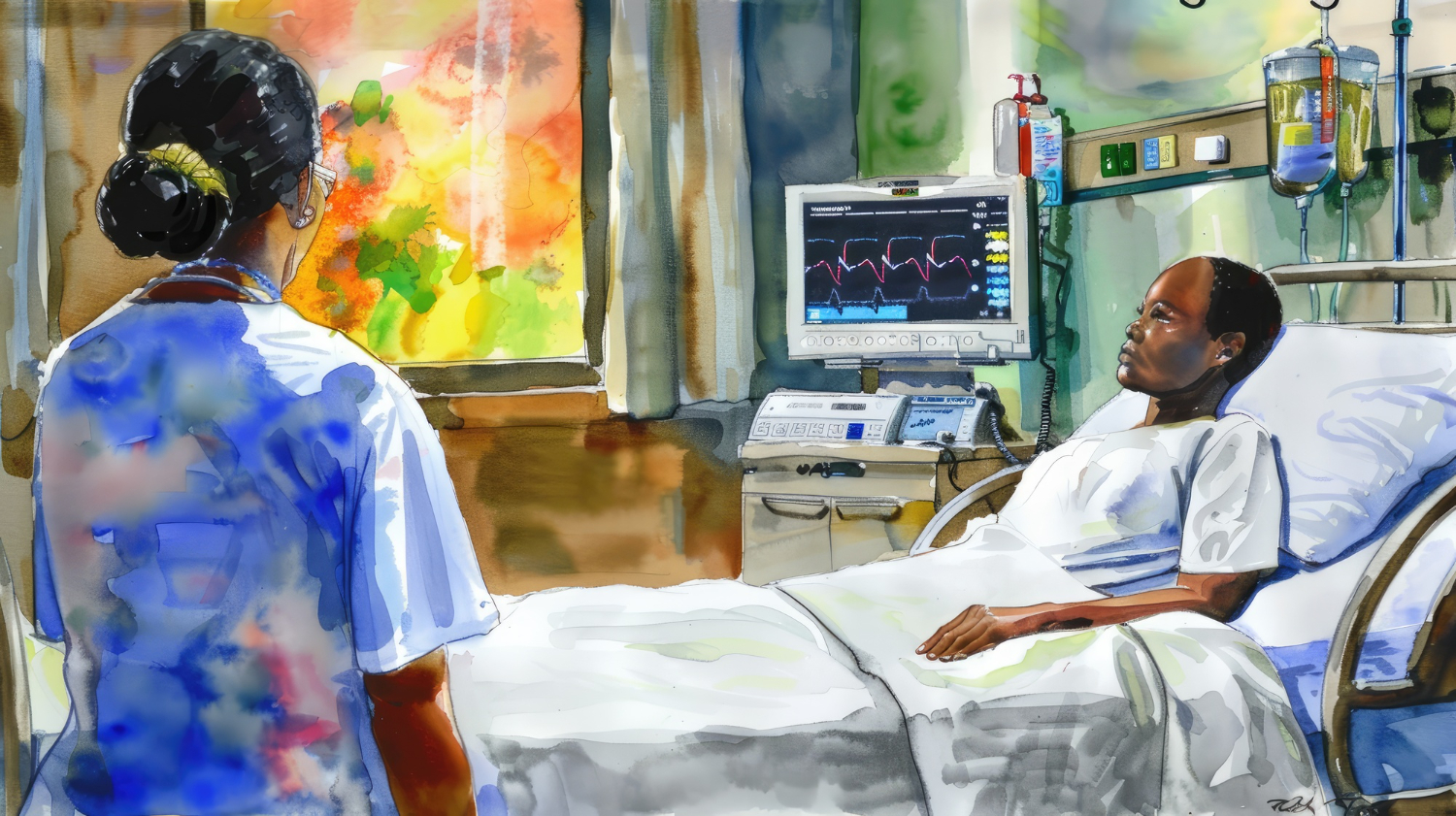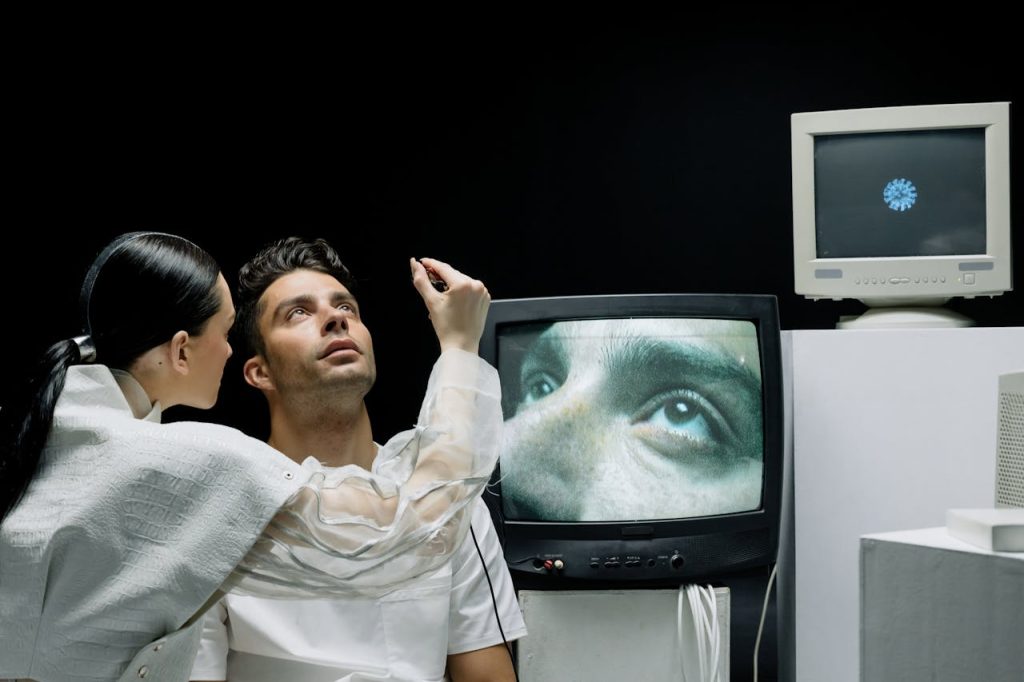
Navigating the Healthcare System as a Deaf Individual: Challenges and Solutions
- Posted by Cicada Sign
- Categories Blog
- Date November 4, 2024
- Comments 0 comment
Accessing healthcare is a fundamental right, but for Deaf and hard-of-hearing individuals, navigating the healthcare system often presents unique and frustrating challenges. From communication barriers to a lack of Deaf-awareness training among medical professionals, the journey toward receiving equitable healthcare can be complex and overwhelming. However, there are actionable steps both patients and healthcare providers can take to create a more accessible and inclusive experience.
In this post, we’ll explore the obstacles Deaf individuals face in healthcare settings and offer solutions to help improve the quality of care for Deaf patients.
The Challenges Faced by Deaf Patients in Healthcare Settings
-
Communication Barriers
- Limited Access to Interpreters: Many hospitals and clinics do not readily offer qualified sign language interpreters, leaving Deaf patients struggling to communicate with healthcare providers.
- Reliance on Family Members: Without access to interpreters, some Deaf patients have to rely on family members to interpret sensitive information. This not only compromises patient privacy but can also lead to miscommunication and errors.
- Inadequate Use of Technology: While video remote interpreting (VRI) services can bridge communication gaps, not all healthcare facilities utilize this technology effectively, and technical issues with VRI systems can sometimes exacerbate frustrations.
-
Lack of Deaf Awareness Among Healthcare Professionals
- Training Gaps: Many healthcare professionals lack Deaf-awareness training and may not understand the cultural and linguistic needs of Deaf patients. This can lead to misunderstandings and assumptions that hinder effective treatment.
- Miscommunication Due to Medical Terminology: Complex medical terminology can be difficult for interpreters to translate accurately, and without awareness of how to simplify language, healthcare providers may unintentionally alienate Deaf patients.
-
Difficulty Accessing Information
- Lack of Visual Aids: Healthcare settings often lack visual aids, such as written instructions or diagrams, which can benefit Deaf patients who rely heavily on visual information.
- Limited Access to Health Information in ASL: Medical materials are rarely available in American Sign Language (ASL) or other signed languages, leaving Deaf patients at a disadvantage when trying to understand complex health conditions and treatment options.
Solutions for Improving Deaf Accessibility in Healthcare
-
Ensuring Access to Qualified Interpreters
- Advocate for Interpreters: Deaf patients and their advocates can request certified ASL interpreters for appointments and procedures. Healthcare providers are legally obligated to provide interpretation services under the Americans with Disabilities Act (ADA).
- Increase Use of Video Remote Interpreting (VRI): While in-person interpreters are preferable, VRI can serve as a useful alternative, especially for emergency situations. Hospitals should ensure that VRI systems are up-to-date and that staff is trained to use them effectively.
-
Improving Training for Healthcare Professionals
- Implement Deaf Awareness Training: Healthcare institutions can improve patient care by incorporating Deaf-awareness training into staff onboarding. This training should cover the basics of Deaf culture, common communication methods, and sensitivity toward Deaf patients’ needs.
- Simplify Communication: Providers can improve communication by using plain language, visual aids, and taking the time to confirm the patient’s understanding.
-
Utilizing Technology to Facilitate Communication
- Mobile Apps and Digital Tools: Deaf patients can benefit from mobile apps that offer real-time transcription and communication assistance, such as Ava or Google Live Transcribe.
- Telemedicine Options with Accessible Features: For remote consultations, telemedicine platforms should ensure that features like captioning or interpreter options are available. Deaf patients can request healthcare providers to use accessible telehealth platforms.
-
Expanding Access to Health Information in Sign Language
- Develop Health Education Materials in ASL: Healthcare institutions should consider creating video resources in ASL to help Deaf patients understand medical concepts more easily.
- Collaborate with Deaf Organizations: Partnering with Deaf advocacy groups, such as the National Association of the Deaf (NAD), can help healthcare facilities better understand and address the specific needs of Deaf patients.
Advocating for Yourself as a Deaf Patient
While systemic change is necessary, Deaf patients can take proactive steps to navigate the healthcare system more effectively:
- Prepare for Appointments: Write down questions or concerns before the appointment to ensure all topics are covered. Bring a pen and paper, or a device to type on, in case written communication is needed.
- Request Accommodations in Advance: When booking an appointment, inform the clinic or hospital of your need for an interpreter or any specific accommodations.
- Know Your Rights: Familiarize yourself with the ADA and other disability laws to understand what accommodations healthcare providers are required to offer.
Conclusion: Toward a More Inclusive Healthcare System
Ensuring accessible healthcare for Deaf individuals requires both patient advocacy and systemic changes within healthcare institutions. By addressing communication barriers, improving Deaf-awareness training, and utilizing modern technology, healthcare providers can significantly enhance the patient experience for Deaf and hard-of-hearing individuals.
At Cicada Sign, we are committed to promoting accessibility and inclusivity. We believe that Deaf individuals deserve equitable access to quality healthcare, free from barriers and miscommunication. Together, let’s continue to advocate for a healthcare system that values empathy, understanding, and inclusivity for all.





